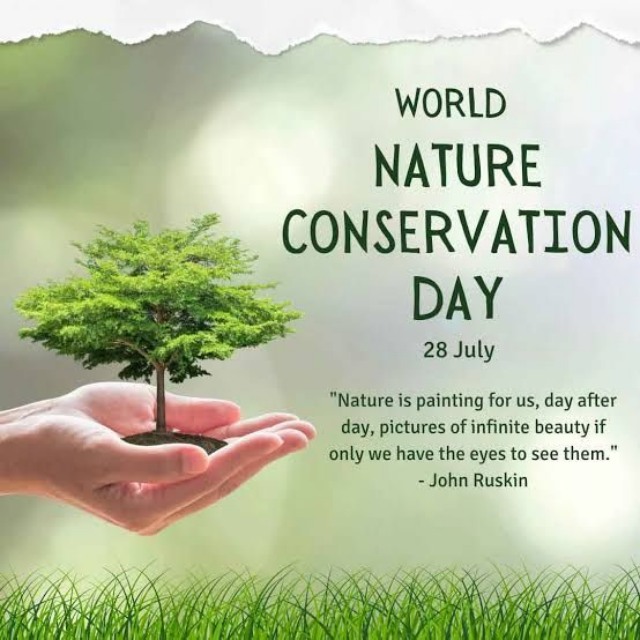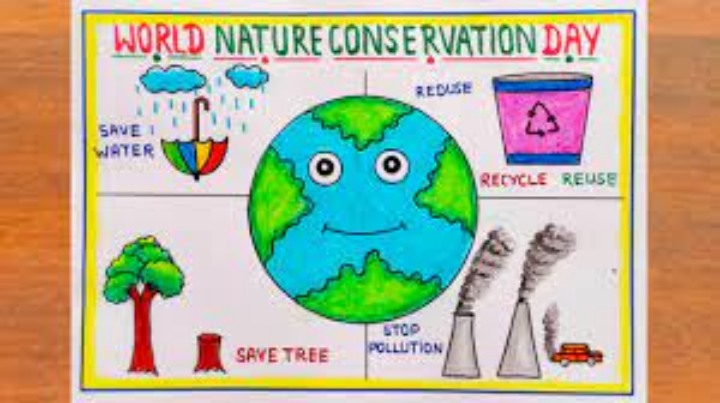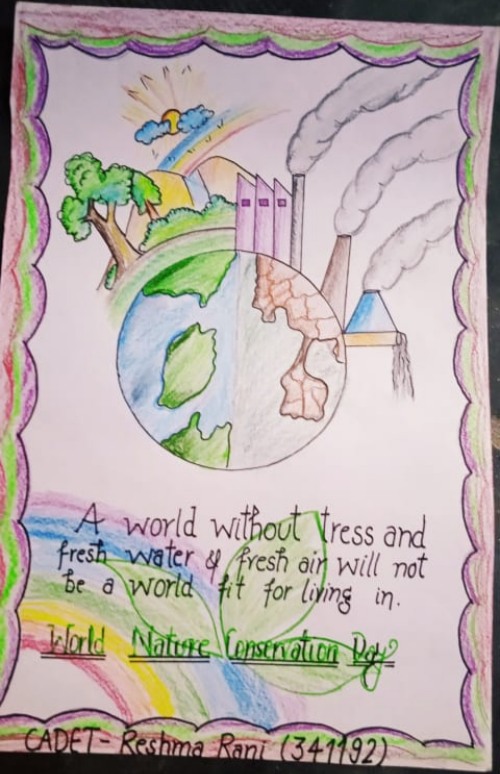Catatan Akademik| Circular economy: A roadmap for sustainable material use! A radical transformation!
Published by
By DR PRAVEENA NAIR SIVASANKARAN
Taylor’s University
In our relentless march of progress, we have adhered to a model of "take, make, dispose." This linear path has led us to an unsustainable reality where the demand for virgin resources has spiralled out of control and waste piles up around us.
But what if there was another way? Enter the circular economy—a vision of a world where resources are cherished, cycled, and used to their fullest potential.
At its heart, the circular economy revolutionises how we think about growth. It is not just about profits and productivity but about creating a system that benefits everyone—businesses, society, and the environment.
This model challenges us to eliminate waste and pollution, keep products and materials in use for as long as possible, and regenerate our natural systems.
By shifting away from a linear model, we can reduce the extraction of virgin resources, minimise waste generation, and create a more resilient ecosystem of materials.
According to the Ellen MacArthur Foundation, adopting a circular economy could cut greenhouse gas emissions by 22-44% by 2050, significantly mitigating climate change impacts.
The World Economic Forum estimates that transitioning to a circular economy could generate $4.5 trillion in economic benefits by 2030, highlighting its immense potential for sustainable growth.

Principles and Benefits of the Circular Economy
This transformative approach to material use has profound implications. No longer do we rip resources from the earth only to discard them after a single use.
Instead, we prioritise sustainable sourcing, opting for materials with minimal environmental impact.
Products are designed for longevity, easy disassembly, and are crafted from recycled or renewable materials. When these products reach the end of their initial life, efficient systems are in place to collect, sort, and recycle them, giving materials new life through processes such as remanufacturing.
Embracing the circular economy catalyses both environmental and socio-economic transformation, leading to fewer greenhouse gas emissions, less pollution, and a lighter touch on our natural resources.
This shift creates new economic opportunities such as recycling plants, repair workshops, and remanufacturing facilities. Moreover, resource security becomes a reality as reliance on finite sources diminishes in favour of a stable supply of recycled and renewable materials, fostering a resilient economy prepared for future challenges.

Collaborative Efforts in Driving Circular Economy
Adopting the circular economy model necessitates a paradigm shift where sustainability becomes the cornerstone of innovation and development.
Future designers, engineers, and innovators must embed sustainability into every facet of their work.
This includes considering the entire lifecycle of products—from design to end-of-life disposal-ensuring materials are chosen not just for performance but also for their environmental impact and recyclability.
Higher Education Institutions (HEIs) play a pivotal role in this transformation to ensure that the circular economy becomes a tangible reality rather than just an ideal.
HEIs should incorporate sustainability modules into their curricula with interdisciplinary programmes that integrate principles of the circular economy with engineering, design, business, and environmental science, and foster a culture of environmental responsibility and innovation.
For example, students should engage in hands-on professional practice projects that challenge them to create solutions for real-world sustainability issues with exposure to cutting-edge technologies and methodologies, promoting critical thinking and problem-solving skills tailored to the circular economy.
We can cultivate a generation of professionals who are both aware of the importance of sustainable practices and equipped with the skills and knowledge to implement them effectively.
Governments are recognising the need for a circular economy shift. In Malaysia, the National Circular Economy Council (NCEC) has agreed to legislative changes for nationwide solid waste management.
This legislative push aims to create a comprehensive act covering the product lifecycle from production to post-consumer use
Once hailed as a miracle material, plastic of the linear economy has become one of humanity's biggest blunders. With 91% of plastic waste never recycled, further polluting our oceans and landfills, this stark reality underscores the need for a shift towards bio-based materials.
Innovative concepts such as biomimicry and cradle-to-cradle (C2C) design are crucial in this transition.
Biomimicry draws inspiration from natural systems and organisms to create efficient and resilient sustainable processes and products for human use.
Meanwhile, cradle-to-cradle design considers the entire lifecycle of a product, ensuring it can be fully reclaimed or reused at the end of its life, unlike the traditional cradle-to-grave approach.

Public Awareness and Responsibility
Transitioning to a circular economy is not a walk in the park, it is a paradigm shift that demands a radical transformation in how we perceive and interact with resources. From the drawing board to the shopping cart, every stage must be reimagined with sustainability at its core.
Businesses must embrace sustainable sourcing, opting for materials with minimal environmental impact from responsibly managed sources, while governments must incentivise and support these practices through legislation and infrastructure development.
Offices can implement recycling programmes, reduce paper usage, and opt for sustainable office supplies. Even small hawker stalls can contribute by using biodegradable packaging and minimising food waste.
The success of this transformation requires igniting a spark of awareness and responsibility within the public consciousness. The public must be awakened to the reality that our current linear model is a ticking time bomb, depleting finite resources and choking our planet with waste.
By understanding the urgency of the situation and embracing circular economy practices, we can create a ripple effect of positive change that extends far beyond our actions.
Dr Praveena Nair Sivasankaran is a Senior Lecturer at the School of Engineering, Faculty of Innovation & Technology, Taylor’s University. This article is the author's personal opinion.








